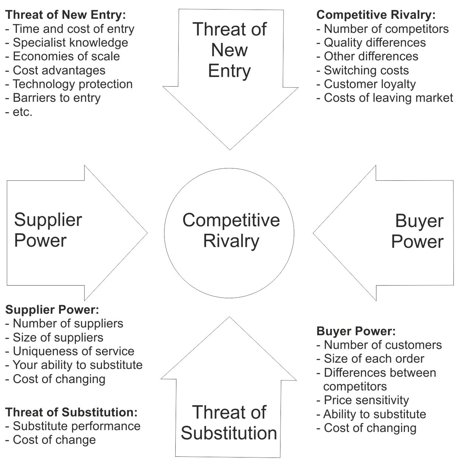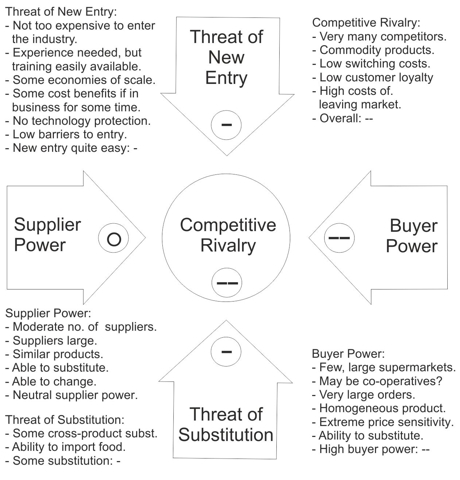The private sector has a big stake in the successful transformation of government, health care, and education, which together account for a third of global GDP. They have lagged behind in productivity growth at least in part because they have been slow to adopt Web-based platforms, big-data analytics, and other IT innovations. Technology-enabled productivity growth could help reduce the cost burden while improving the quality of services and outcomes, as well as boosting long-term global-growth prospects.
Many governments are already using the Web to improve services and reduce waste. India has enrolled 380 million citizens in the world’s largest biometric-identity program, Aadhaar, and plans to use the system to make over $50 billion in cash transfers to poor citizens, saving $6 billion in fraudulent payments. In 2011, the US government introduced a Cloud First policy, which laid out a vision to shift a quarter of the $80 billion in annual federal spending to the cloud from in-house data centers, thus saving 20 to 30 percent on the cost of the shifted work. Governments can also use IT to better engage citizens, as South Korea has done with its e-People site, which helps citizens send online civil petitions for policy changes or reports of corruption.
Technology also is opening new opportunities to contain rising health-care costs and improve access. In rural Bangladesh, 90 percent of births occur outside hospitals. A mobile-notification system alerts clinics to dispatch nurse–midwife teams, who are now present in 89 percent of births. In China, a public–private partnership created a cardiovascular-monitoring system that allows patients to self-administer electrocardiograms and transmit data to specialists in Beijing, who can suggest treatments by phone. At New York’s Mount Sinai Hospital, a venture with General Electric uses smart tags to track the flow of hundreds of patients, treatments, and medical assets in real time. The hospital estimates it could potentially treat 10,000 more patients each year as a result and generate $120 million in savings and revenues over several years.
Finally, there’s education, which represents 4.5 percent of global GDP. Technology is starting to change the equation. Using game technologies and immersive math courseware, DreamBox makes learning more fun, while algorithms adapt the learning experience to each student’s needs. Brilliant.org allows talented mathematicians and physics students around the world to learn at their own pace. Global massive online open courses (MOOCs) offer university-level “classes” using social networks, videos, and community interactions.
Smartphones and tablets are entering classrooms en masse to deliver personalized content. India is running trials of the sub-$50 Aakash tablet to link more than 25,000 colleges in an e-learning program. Other technologies are improving teachers’ skills and performance through online collaboration, access to best-in-class pedagogies, and better tracking of student achievement, which facilitates targeted interventions.
What does all this mean for busy senior executives—beyond the obvious that there’s no escaping these trends, that they will continue to evolve, and that their implications, which will vary for different types of organizations, merit serious attention? We’d suggest that the era of pervasive connectedness underlying these trends also implies a need for more focused attention on issues such as the following:
Transparent and innovative business models. Real-time information, instant price discovery, and quick problem resolution are becoming basic expectations of consumers, citizens, and business customers in the digital realm. Collectively, they will force many companies to rethink elements of their business models. Leaders will need to make their companies more transparent and elevate rapid responsiveness to the level of a core competency. Business models built on transparency and responsiveness will not only satisfy customers but also help companies become more nimble, innovative, and credible with all their stakeholders.
Talent. The rising economic and business impact of information technology means that competition will heat up for graduates in science, technology, engineering, and mathematics—the STEM fields, where job growth is likely to be about 1.7 times faster than it will be in other areas. As the automation of knowledge work gains momentum, and computers start handling a growing number of tasks now performed by knowledge workers, some midlevel ones will probably be displaced and people with higher-level skills will become more important. Providing new forms of training to upgrade knowledge workers’ capabilities and rethinking the nature of public education will be critical priorities for business and government leaders.
Organization. The Internet’s model and values, particularly connectivity and nonhierarchical interactions, have significant organizational implications. The flowering of many of these trends could imply decentralization, along with changing relationships among managers, employees, suppliers, and customers. These shifts aren’t always comfortable for leaders, but they hold the potential for boosting innovation, loyalty, business reach, productivity, and marketing effectiveness, while reducing costs.
Privacy and security. Billions of people soon will be socializing, sharing information, and conducting transactions on the Internet. As businesses and governments use the Web to monitor assets, manage payments, and store data, they will be tracking moves individuals make on the Internet. Navigating the issues associated with generating economic utility while managing privacy will require organizations to examine trade-offs and address tensions in a clear, thoughtful way as rules of the road are established. Meanwhile, the value of the massive stores of digital information will only increase, giving criminals, terrorists, and even rogue states bigger incentives to breach firewalls and making the protection of data an imperative for top management. Keeping up with state-of-the-art encryption standards and security-management practices, for example, is moving from an arcane corner of data management to a core customer expectation, which, if not met, could severely damage a business’s reputation.
In short, as these trends take hold, leaders must prepare for the disruption of long-standing commercial and social relationships, as well as the emergence of unforeseen business priorities. The difficulty of embracing those realities while addressing related risks and concerns may give some leaders pause. But it’s worth keeping in mind that if the future traces past experience, these technology-enabled business trends will not only be a boon for consumers but also stimulate growth, innovation, and a new wave of pace-setting companies.
About the authors
Jacques Bughin is a director in McKinsey’s Brussels office; Michael Chui is a principal with the McKinsey Global Institute (MGI) and is based in the San Francisco office; James Manyika is a director of MGI and is also based in the San Francisco office.
The authors would like to acknowledge the contributions of Brad Brown, Joi Danielson, Richard Dobbs, Shalabh Gupta, Alex Marrs, and Roger Roberts to the development of this article.



